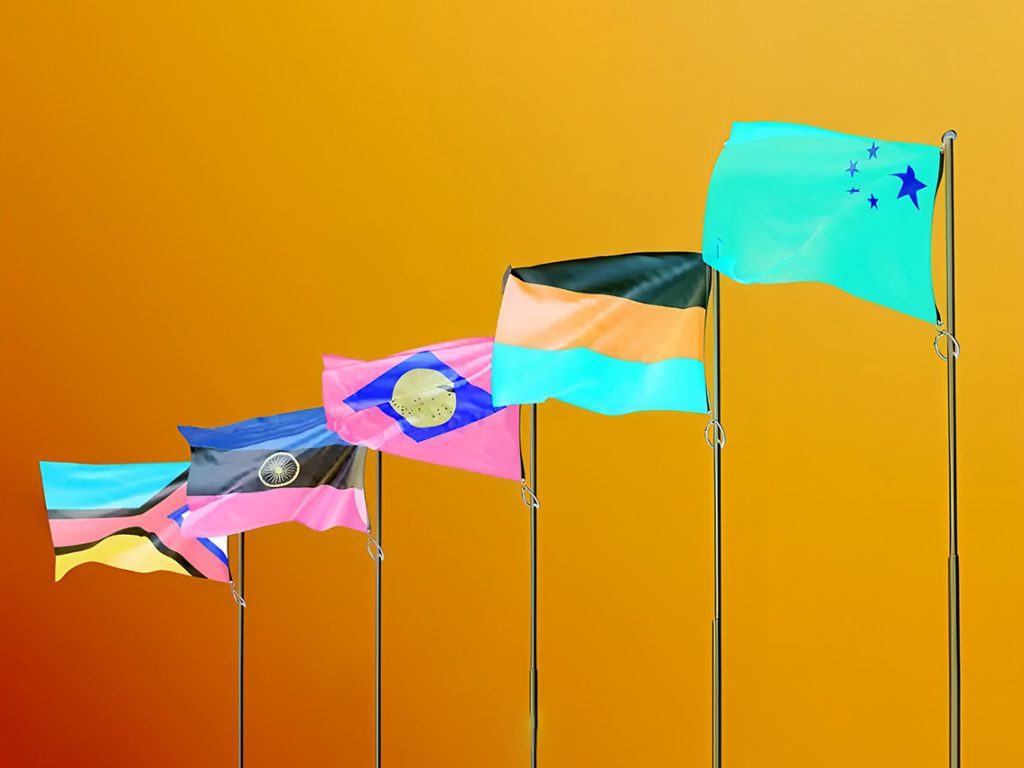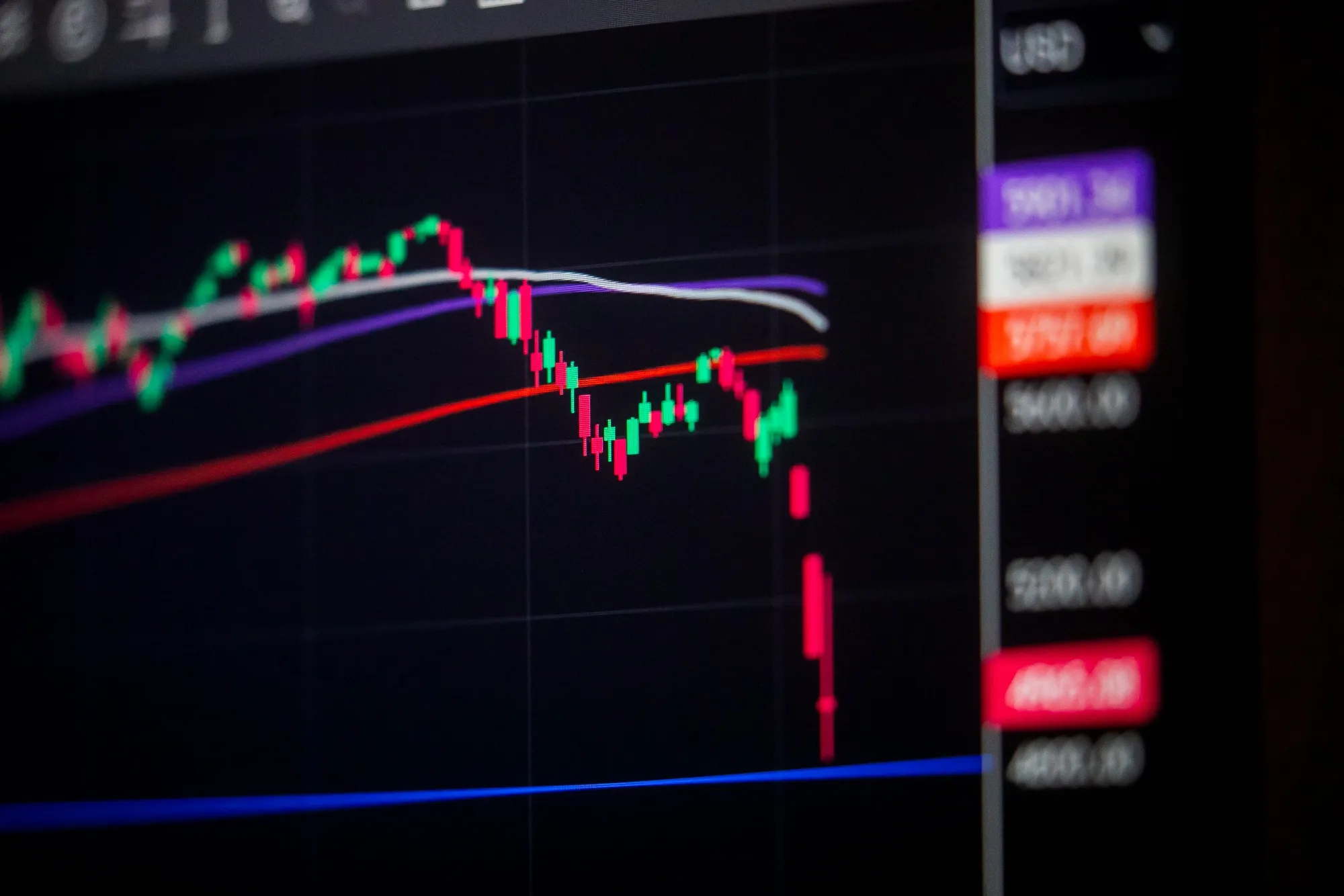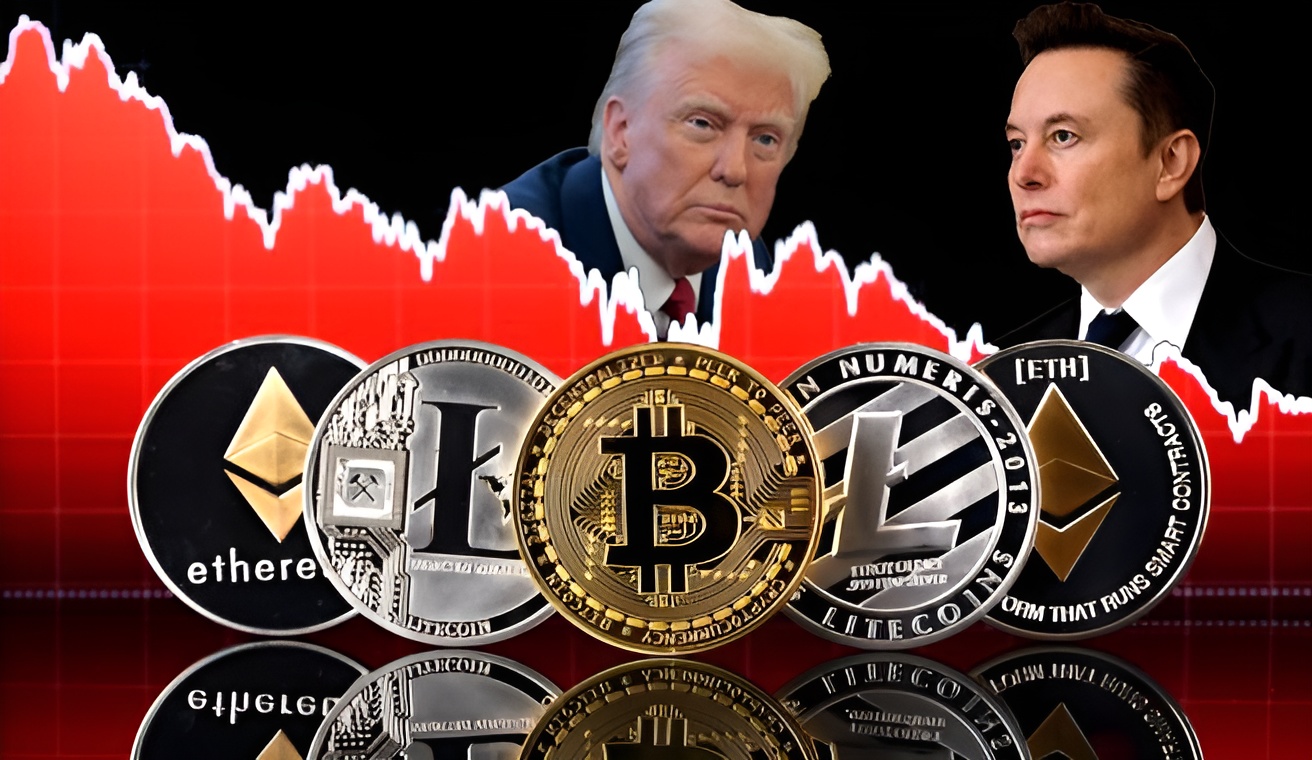
In recent weeks, there has been significant discussion about the potential impact of the new BRICS currency on the global financial system. The BRICS countries, including Brazil, Russia, India, China, and South Africa, aim to establish a reserve currency that would provide them with greater economic independence and challenge the dominance of the US dollar. However, the feasibility of this idea is questionable.
The proposed BRICS currency could be backed by a basket of the member countries’ respective currencies or a basket of commodities. Both options present challenges. Since the currency would primarily serve the purpose of purchasing imports within the BRICS countries, if the former option is chosen, all five countries would devalue their currencies, leading to a race to the bottom. As members print more money, they would need to add it to the BRICS reserve pool. This could lead to excessive printing and exploitation of countries outside the system holding BRICS as well as the BRICS members themselves. As these five countries discover this practice of free money and, they will print into oblivion and start the era of competition to print. If the latter option is chosen, it could result in severe recessions and deflation, similar to the 1929 US economic crisis.
Additionally, the proposed BRICS currency includes the establishment of a Contingent Reserves Arrangement, which would serve as a store of foreign currency for the member countries to tap into during times of need. In fact, in April, Russia was the first country to ratify an agreement to set up a $100m foreign currency ‘reserve pool’. Still, we don’t know why this fund allocation is denominated in US dollars or if it is backed by USD, raising concerns about the true independence of the BRICS currency.
The Contingent Reserves Arrangement is essentially a store of foreign currency any of the BRICS countries can dip into if needed. This emergency store will support their balance of payments, effectively covering debts for a short-term crisis. However, many of the BRICS countries constantly struggle with financial crises, except one, China. So there will be a lot of competition to drain this reserve from four other members.
The economies of the BRICS countries differ significantly in terms of trade, growth, and financial openness. Russia’s economic performance has been relatively weak, while Brazil and South Africa have faced challenges without high commodity prices to grow their economies. This disparity further complicates the idea of a unified currency.
Accepting the BRICS currency in the short term may benefit business owners and its members. However, in times of crisis among these nations, the devaluation of the BRICS currency would likely drive demand for the US dollar as a safe haven. People will not seek safe haven in their own devalued currencies, and certainly not in a falling BRICS. If the BRICS economies are like houses on fire, this currency aims to turn it into a gas chamber ready to explode.
Moreover, the BRICS countries struggle with limited freedom, high corruption rates, a lack of openness, and humanitarian concerns. Additionally, people in these countries tend to save currency, in particular US dollars. If consumerism successfully be established in those nations, it further reinforces the demand for the US currency.
It is important to note that the BRICS de-dollarization initiatives have not yet reached a level where they can challenge the dominance of the US dollar. These efforts are primarily happening at a minuscule scale and have not achieved the necessary scale to pose a significant threat to USD. In fact, the current state of the BRICS currency appears more beneficial to the US than a genuine challenge.






